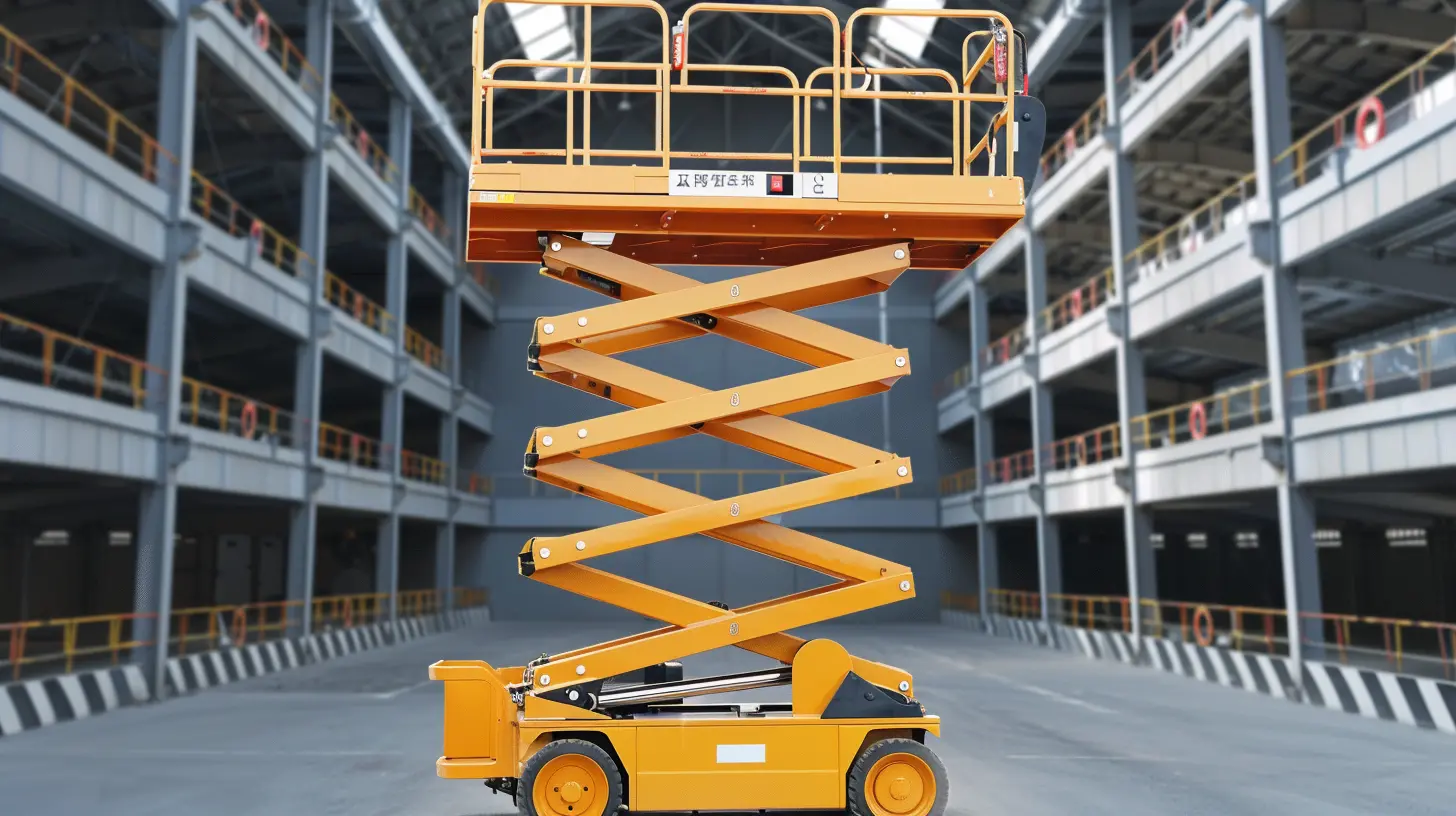.jpg?x-oss-process=image/resize,h_400,m_lfit/format,webp)
In modern manufacturing plants, belt conveyors play a vital role. It not only helps in the efficient transfer of products, but also greatly improves work efficiency in the connection of production lines and the movement of materials. In order to achieve optimal resource allocation, understanding the characteristics of different types of belt conveyors will be the core content we need to explore in depth.
When choosing a suitable belt conveyor, we need to consider the following key factors:
There are various types of belt conveyors, including heavy-duty belt conveyors, light-duty belt conveyors, etc. Each type of conveyor has its own unique advantages and limitations in practical applications:
Through the analysis of successful cases in the market, we found that many companies that have optimized the configuration of belt conveyors have significantly improved their production efficiency. For example, a manufacturing plant improved overall throughput by reducing the time it took to transfer materials by configuring the width and type of belt conveyors.
In summary, the selection and optimization of belt conveyors in factory configuration are directly related to the production efficiency and cost control of the enterprise. Through research on market demand and analysis of actual cases, we can provide enterprises with corresponding configuration suggestions to help them achieve the optimal allocation of resources and further promote business growth.



